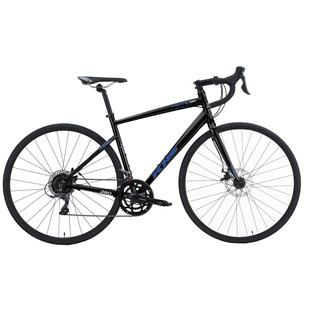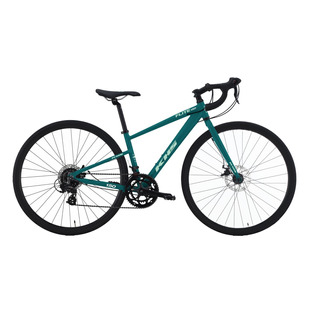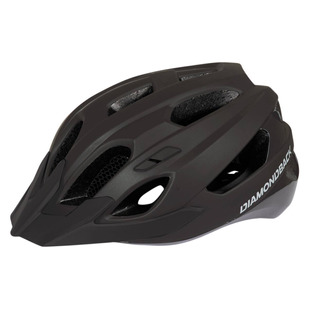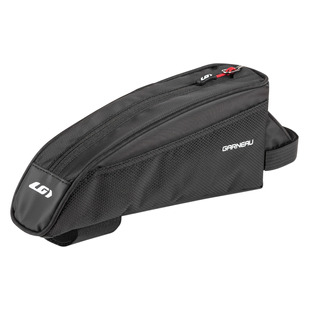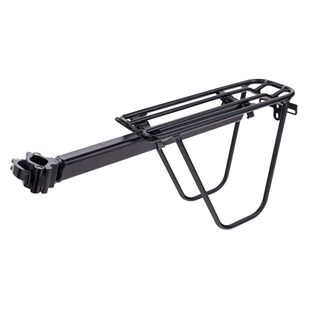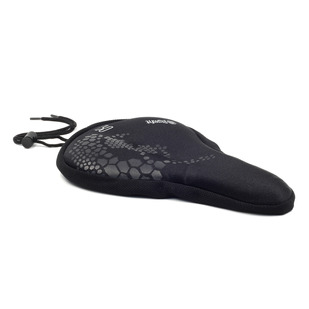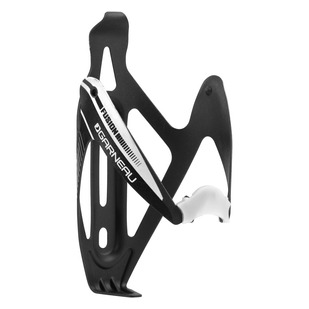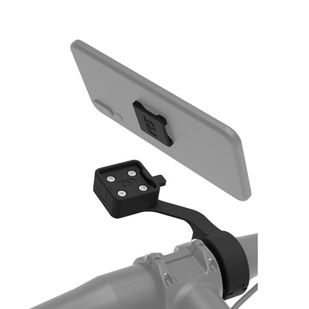3. What budget should you plan?
Gravel bikes come in a wide range of prices, from just under $1,000 to a little over $10,000. It all depends on the brand, the quality of materials, and the technologies of the chosen style.
- For occasional to regular use, look for a reliable bike between $1,400 and $3,000.
- If you are seeking more performance and lightness, select from a range between $3,000 and $6,000.
4. Where to practise?
The advantage of a gravel bike is that it is so versatile that it allows you to ride on an impressive variety of terrains. It is suitable for both road and gravel rides, not to mention forest trails if they are relatively wide and free from too many obstructions (roots, rocks, etc.).
In Quebec, several regions are havens for gravel biking. This includes the Eastern Townships, the Gaspésie, the Bas-Saint-Laurent, the Outaouais, the Laurentians, and the Quebec City region.
In recent years, the enthusiasm for gravel biking has grown to the point where several competitive and recreational events have emerged throughout the province. These include La Buckland sur gravelle in Chaudière-Appalaches, the Gravel Bikepacking Challenge 500 (GBC 500) in the Eastern Townships as well as the Big Red Gravel Run (BRGR) in Outaouais.














